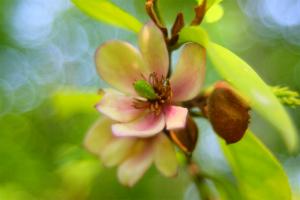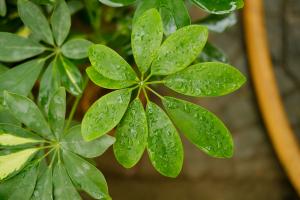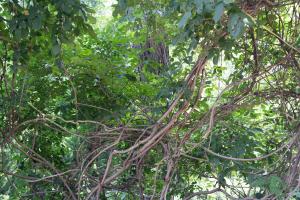1、 Curing method
1. Temperature: Gentiana likes a cool growth environment, so most of them are planted in the north. It has high cold resistance and can withstand the low temperature of minus 25, so it can spend the winter outdoors in winter. However, it should be noted that the high temperature in summer should not be too high, otherwise wilting and dehydration will occur

2. Watering: gentian likes wet soil and needs to be watered from time to time. The specific amount of watering should be determined according to the dry and wet conditions of the soil. The amount of watering can be increased in summer, but it is best not to accumulate water

3. Light: Gentiana likes sufficient and warm light, which can make its flowering more bright and the growth of the plant will be better. At the same time, pay more attention to light at the seedling stage. Sufficient warm sunlight can make the seedlings stronger and grow more ideal plants

4. Fertilization: gentian grass also has a high demand for fertilizer. It needs to keep the soil fertile. Enough fertilizer is helpful for flowering. Before planting, it is necessary to apply some base fertilizer, mainly animal manure. After that, organic fertilizer can also be applied during breeding, combined with practical compound fertilizer

2、 Breeding skills
1. Propagation: ramet and sowing are two important propagation methods. The plant division can be carried out in early April of each year. Just dig out the root of the seed, divide it into several parts and replant it. Sowing is carried out in spring and autumn. When sowing, pay attention to the spacing. If sowing in autumn, it will germinate in the spring of the next year

2. Pruning: Gentiana is generally planted in a large area, so there is no need to prune it. There will be some yellow and withered branches and leaves in the breeding process, which can be directly removed by hand

3、 Problem diagnosis and treatment
1. Disease: spot blight may occur, which will affect the final yield, so it is necessary to cut off the diseased branches and leaves in advance. After that, we should also dilute pesticides to prevent and control

2. Insect pests: aphids may occur. Use dichlorvos solution as soon as possible for control

4、 Other issues
1. Toxicity: no poison, it has been used as medicine. It has the function of heat clearing and disinfection

2. Whether it can be raised at home: not suitable. It is generally planted outdoors in a large area


 how many times do yo...
how many times do yo... how many planted tre...
how many planted tre... how many pine trees ...
how many pine trees ... how many pecan trees...
how many pecan trees... how many plants comp...
how many plants comp... how many plants can ...
how many plants can ... how many plants and ...
how many plants and ... how many pepper plan...
how many pepper plan...





























